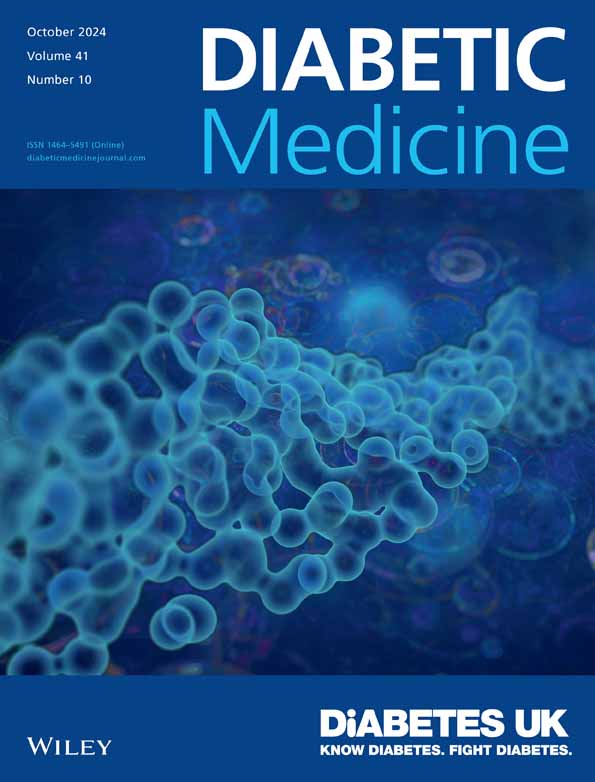Barriers and facilitators of physical activity and exercise among adults with type 2 diabetes mellitus in Singapore – A mixed-methods sequential explanatory study mapped to the COM-B model, theoretical domains framework and behavioural change wheel
Abstract
Aims
Exercise is a cornerstone in type 2 diabetes mellitus (T2DM) management. This study investigates physical activity, its barriers, and facilitators among adults with T2DM in Singapore.
Methods
In Phase I of this sequential explanatory mixed-methods study, participants with T2DM were recruited to complete the Physical Activity Stage of Change Questionnaire and were examined for metabolic profiles, physical activity and cardiorespiratory fitness (via a 3-min step test) across different stages of change. In Phase II, 20 participants stratified by their stage of change were interviewed to identify barriers and facilitators to exercise, which were classified using the Capability, Opportunity, Motivation and Behaviour (COM-B) model and the theoretical domains framework (TDF).
Results
Among 100 recruited participants, 83 had complete data and 36 completed the step test. Stages of change assessment identified participants in pre-contemplation(n = 5), contemplation(n = 49), preparation(n = 2), action(n = 3), and maintenance(n = 24) stages. Participants in early stages (pre-contemplation/contemplation) had significantly lower daily step counts (mean ± SD 5983 ± 2788 vs. 7667 ± 3299; p = 0.024) and step test completion rates (29.6% vs. 68.9%; p = 001) than those in the later stages. Qualitative interviews revealed barriers to exercise, including low cardiorespiratory fitness, fear of injuries, lack of opportunities and inadequate motivation. Facilitators included individualized exercise regimens, exercise guidance, goal setting, family support and role modelling.
Conclusions
This study provides insights into barriers and facilitators to exercise among individuals with T2DM in Singapore, systematically analysed using the COM-B model and TDF. Future interventions could target different components of COM-B and leverage the behavioural change wheel framework to enhance personalization and promote sustainable behavioural change to exercise.


 求助内容:
求助内容: 应助结果提醒方式:
应助结果提醒方式:


